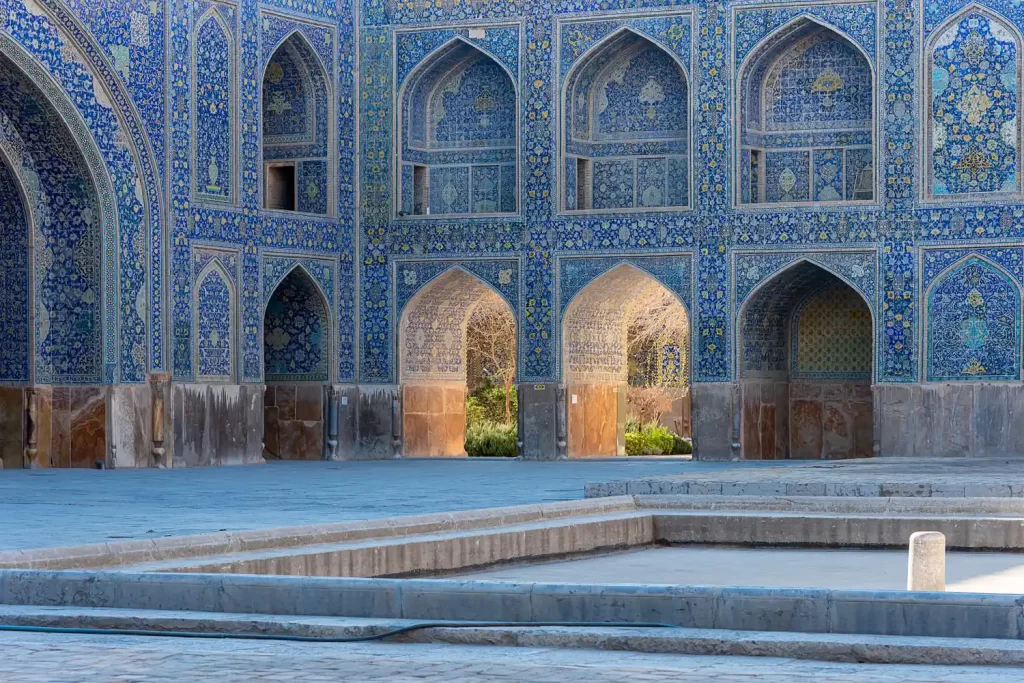blog
English to Persian

The Challenges of English to Persian Translation: Machine Translation vs Human Translation
As communication and globalization continue to take center stage in our world today, the need for accurate and reliable translation services has increased tremendously. One of the most prominent languages in the world is English, and Persian, also known as Farsi, is one of the most spoken languages in the Middle East. Therefore, translating from English to Persian is a critical task, and this article aims to identify the challenges that come with translating from English to Persian. The article shall further examinethe effectiveness of machine translation and human translation in achieving accuracy.
One of the most significant challenges of translating is the fundamental difference between the two languages. Persian is an Indo-European language, while English is a Germanic language. This difference in language structure and morphology poses challenges when translating specific words and phrases that may not exist in the same form in the target language. For instance, Persian has no indefinite article. In such situations, translators must employ their creativity and interpret the meaning of the English text to convey it accurately in Persian.
Society and English to Persian Translation
Another challenge of translating from English to Persian is the use of idiomatic expressions, slang, and colloquialisms, which are prevalent in English. These expressions are unique to the English language and may not have an equivalent form in Persian, requiring the translator to interpret the meaning and convey it in a way that makes sense in the target language.
Machine Translation and English to Persian Translation
Machine translation tools like Google Translate have become increasingly popular in recent years, and while they are useful in providing instant access to translation, they are not always reliable. These tools often lack context and cannot interpret the meaning behind idiomatic expressions, which may lead to mistranslations. As a result, machine translation may be best suited for simple texts where accuracy is not essential.
Human Translation and English to Persian Translation
Human translation, on the other hand, offers more reliable and accurate results and can interpret the context, idiomatic expressions, and nuances of the English text and convey it accurately in Persian. It provides a more thorough and accurate translation, especially for business or legal documents that require precision and attention to detail.
In conclusion, English to Persian translation poses several challenges, such as language differences, idiomatic expressions, and slang. While machine translation may be useful for simple texts, human translation provides the most accurate and reliable results. Therefore, when it comes to important documents or texts that require precision and accuracy, choosing a human translator is the best option.
About ِAldiwan
With a little more than four decades of experience as translation providers, we have accumulated knowledge that can address the issues and concerns that your business may have when purchasing translation services. With the assistance of our qualified and experienced translators and the support of our project manager, who holds a Diploma in Translation from and is a member of the UK’s prestigious Institute of Chartered Linguists, the UK’s most supreme authority on matters of linguistics, we will helpeliminate the concerns that face your business.
Our professional expertise is supported by technological tools that enable us to provide you with the best solutions to help us meet your expectations.
Menu
Services
Contact
- Office M55, The Curve Building, Sheikh Zayed Road, Dubai, UAE
- +971 4 380 7740
- [email protected]